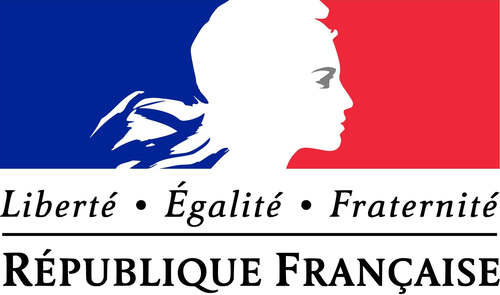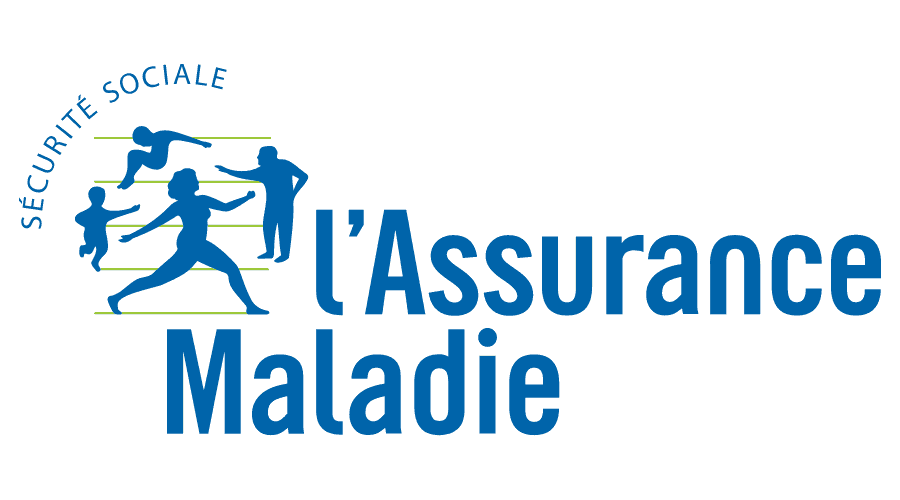








 Services
Blog
Français
Services
Blog
Français
Because while frameworks like Django claim that “templates include a restricted language to avoid for the HTML coder to shoot themself in the foot”, the GoF on the other hand states that Decorator is the pattern that is most efficient for designing GUIs, which is actually a big part of the success encountered by frameworks such as React.
Ryzom basically offers Python Components, with extra sauce of bleeding edge features such as “compiling Python code to JS”, and “data binding” which is “DOM refreshes itself when data changes in the DB” if you enable websockets. Currently support Django, but Starlette is also planned in the near future.
Currently in Beta stage, we are brushing up for a production release in an Open Source project for an NGO defending democracy, with an online voting platform secured with homomorphic encryption, basically a Django project built on top of microsoft/electionguard-python.
It’s not ready for general use, but should hopefully be pretty soon… after all, this project has been under R&D sponsored by YourLabs for years now.
from django import forms
from django.urls import path
from django.views import generic
import ryzom_mdc as html
# Example base template
class ExampleDocument(html.Html):
stylesheets = [
'https://fonts.googleapis.com/icon?family=Material+Icons',
'https://fonts.googleapis.com/css2?family=Nanum+Pen+Script&display=swap',
'https://unpkg.com/material-components-web@latest/dist/material-components-web.min.css',
]
scripts = [
'https://unpkg.com/material-components-web@latest/dist/material-components-web.min.js',
]
def __init__(self, *content, **context):
links = [
html.Link(href=src, rel='stylesheet')
for src in self.stylesheets
]
scripts = [
html.Script(src=src, type='text/javascript')
for src in self.scripts
]
scripts.append(html.Script('mdc.autoInit()', type='text/javascript'))
super().__init__(
html.Head(
html.Meta(charset='utf-8'),
html.Meta(
name='viewport',
content='width=device-width, initial-scale=1.0',
),
html.Title('Secure elections with homomorphic encryption'),
*links,
),
html.Body(
*content,
*scripts,
cls='mdc-typography',
),
)
# Serves to demonstrate template composition based on multi
# level nesting
class ExampleCard(html.Div):
def __init__(self, *content, **context):
super().__init__(*content, style='max-width: 20em; margin: auto')
# in general, you wouldn't go through a template_name, but since
# this is useful to design views that you import from external
# packages, we have this example here, it also shows how you can
# compose by nesting different layout objects
@html.template('form.html', ExampleDocument, ExampleCard)
class ExampleFormViewComponent(html.Html):
def __init__(self, *content, view, form, **context):
# view and form come from the default
# context, we're spreading them as nice,
# required variables for this template.
# As you can imagine, having templates in
# Python not only gives you all the
# programing power, but it also allows you to
# use a debugger breakpoint() which was not
# possible with traditionnal templates.
content = []
if view.request.method == 'POST' and form.is_valid():
content += [
html.Div(
html.H3('Form post success!'),
html.MDCList(*[
html.MDCListItem(f'{key}: {value}')
for key, value in form.cleaned_data.items()
])
)
]
content.append(
html.Form(
html.CSRFInput(view.request),
form,
method="post",
)
)
super().__init__(*content)
class ExampleForm(forms.Form):
char = forms.CharField()
boolean = forms.BooleanField()
checkboxes = forms.MultipleChoiceField(
choices=(('a', 'a'), ('b', 'b')),
widget=forms.CheckboxSelectMultiple,
)
# Let's override the default rendering to add a submit button
def to_components(self):
return html.Div(
html.H3('Example form!'),
super().to_components(),
html.Div(
html.MDCButtonOutlined('Submit'),
)
)
# Finally, a Django FormView, there's nothing to see here
# because of how well Ryzom integrates with Django. Of course
# you're free to make views that do some crazy Ryzom rendering,
# this merely shows how you would hook in the default Django
# rendering on external views that you include and do not want
# to fork: you can just override the default template with
# @html.template instead of by creating html templates.
class ExampleFormView(generic.FormView):
template_name = 'form.html'
form_class = ExampleForm
def form_valid(self, form):
return super().get(self.request)
urlpatterns = [
path('', ExampleFormView.as_view())
]








